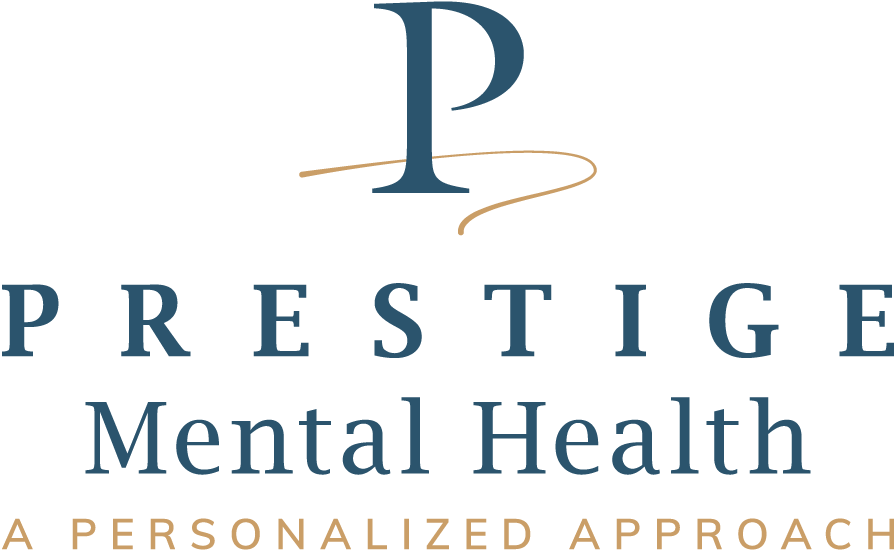When problems in our lives are affected by unhealthy thought patterns or psychological trauma, becoming aware of one’s thoughts and feelings can contribute to overcoming those negative thoughts or habits. Behavioral therapy is a therapeutic technique used to change cognitions in human thinking, such as viewpoints n the world, self-image, and perspectives about the future, to reduce and eliminate those patterns of emotional distress and unhealthy behaviors. But where did this all start, and where is this technique used most?
How Did Behavior Therapy Start?
Behavioral therapy began back in the mid-20th century under the guise of multiple psychiatrists such as Joseph Wolpe and Aaron Beck. Many pioneered cognitive behavioral therapy to alter negative thinking patterns to discourage damaging behaviors through these developments. Because of this development over the last 20th and 21st centuries, many therapists today offer behavioral therapy in many of their treatment models.
One of the most prominent uses of behavioral therapy is psychotherapy. According to the National Alliance on Mental Illness, psychotherapy allows a person to speak with a trained therapist in a safe, confidential environment to gain coping skills and better understand their feelings and behaviors. Cognitive behavioral therapy, in particular, helps focus on the relationships a person has with their thoughts, feelings, and behaviors. The goal of all types of behavior therapy is to replace problematic thoughts and actions with healthier ones, and this often requires the activity of the patient to engage with this type of therapy to balance out their negative and positive emotions and thoughts.
Where is Behavior Therapy Used in Mental Health?
While there’s no single type of behavioral therapy, what defines it is its use in identifying and responding to negative thought patterns and behaviors. These therapies are often used for those with attention deficit disorders, eating disorders, learning disorders, panic disorders, and generalized anxiety disorders. However, all types of people can benefit from behavioral therapy. Some studies from the CDC report that children can control behaviors better when they receive behavior treatment from their parents and healthcare professionals. Other studies show that when they attain these skills, they can function better in school and have better relationships with others. Some examples of behavioral therapy often used include:
- Cognitive Behavioral Therapy: In this therapy, the therapist helps the person identify thought patterns and understand how those thoughts contribute to the patient’s self-destructive behaviors and beliefs.
- Modeling: Modeling works to provide non-fearful responses to negative scenarios, allowing the person to engage with those responses and imitate them.
- Classroom Management: Teachers in these scenarios promote positive behaviors, block negative ones, and help students focus on their academic work.
- Parent Training: Parents help reinforce positive behaviors, deter negative ones, and work on enhancing their parent-child relationship.
- Peer Intervention: Students and peers work together to address problematic behaviors, encouraging positive behavior in an academic setting to boost students’ well-being.
Because of how often it’s applied in mental health, it’s considered one of the best ways therapists can help children and adults learn from their behaviors and change them through positive reinforcement.






